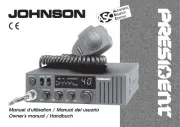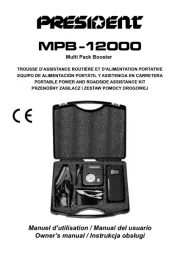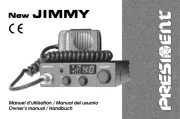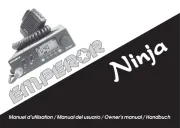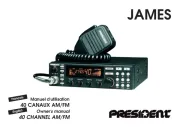Kenwood TK-3402U Manual
Læs gratis den danske manual til Kenwood TK-3402U (24 sider) i kategorien Radiokommunikation. Denne vejledning er vurderet som hjælpsom af 7 personer og har en gennemsnitlig bedømmelse på 4.9 stjerner ud af 4 anmeldelser.
Har du et spørgsmål om Kenwood TK-3402U, eller vil du spørge andre brugere om produktet?

Produkt Specifikationer
| Mærke: | Kenwood |
| Kategori: | Radiokommunikation |
| Model: | TK-3402U |
Har du brug for hjælp?
Hvis du har brug for hjælp til Kenwood TK-3402U stil et spørgsmål nedenfor, og andre brugere vil svare dig
Radiokommunikation Kenwood Manualer


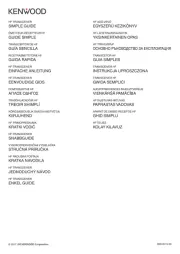







Radiokommunikation Manualer
- Wouxun
- Motorola
- Furuno
- Rexon
- Simrad
- Vertex Standard
- Spektrum
- GTV
- Stabo
- BaoFeng
- Multi Care Systems
- Albrecht
- Wintec
- Icom
- President
Nyeste Radiokommunikation Manualer

